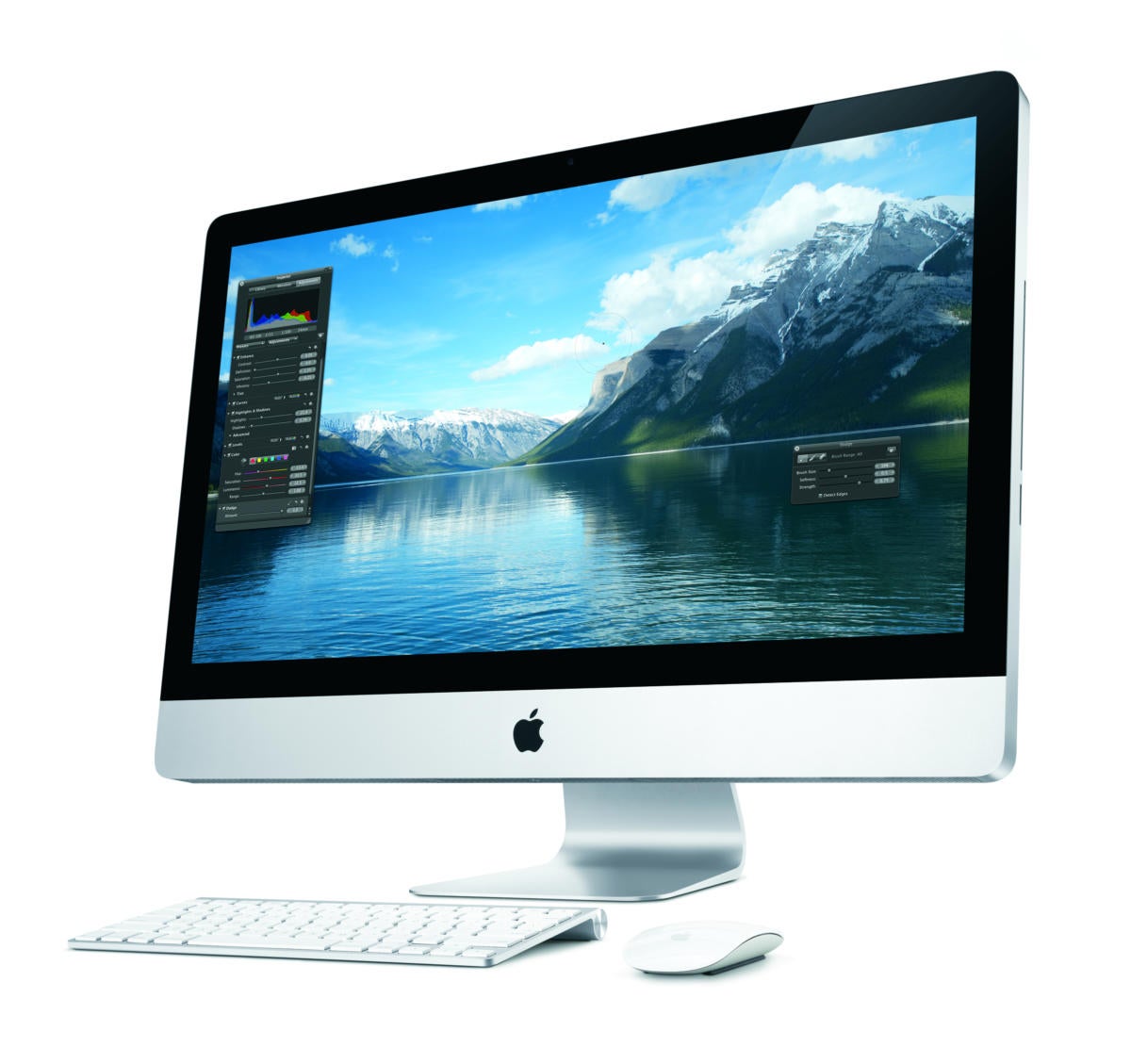

To hide it and enter exclusive full-screen, press the Ctrl + F keys on your keyboard.
Now, macOS will boot up and fill your screen, but you’ll still see the VirtualBox window and menu items. Next, launch VirtualBox, select your macOS virtual machine from the left pane, and click on “Start” to boot it up. Once you’ve pasted the code, hit the Enter key. For example, if you have a 4K monitor, change the resolution value to 3840×2160. But, before you do that, replace the resolution with your monitor resolution. Next, you’ll need to copy and paste the second line in the file. Open Command Prompt on your computer as an administrator and copy/paste the first line in the file. This will make it easier for you to follow.  First, download this file which contains the command line for changing the screen resolution. Note that these steps work only for VirtualBox and not any other software like VMware Workstation. How to Open macOS VirtualBox VM in Full Screen Not sure where to get started? Do not worry as we’ll be helping you out with that here. To fix this, you’ll need to match the resolution of your virtual machine with the monitor resolution. Even if you try to maximize the window, the guest OS will not expand to fill up your screen. Considering most people have at least Full HD 1080p monitors these days, it’d appear as if macOS is running in a small window. When you use VirtualBox to run macOS in a guest environment, the default resolution for the operating system is set to 1024×768.
First, download this file which contains the command line for changing the screen resolution. Note that these steps work only for VirtualBox and not any other software like VMware Workstation. How to Open macOS VirtualBox VM in Full Screen Not sure where to get started? Do not worry as we’ll be helping you out with that here. To fix this, you’ll need to match the resolution of your virtual machine with the monitor resolution. Even if you try to maximize the window, the guest OS will not expand to fill up your screen. Considering most people have at least Full HD 1080p monitors these days, it’d appear as if macOS is running in a small window. When you use VirtualBox to run macOS in a guest environment, the default resolution for the operating system is set to 1024×768.








